The service life of graphite bushings, as indispensable key components in mechanical operations, directly affects the operational efficiency and maintenance costs of equipment. However, in practical applications, we will find that even within the same type of equipment, there can be significant differences in the service life of graphite bushings. This disparity is not coincidental but rather the result of the combined effects of multiple factors. From working conditions to material quality, and then to manufacturing processes, as well as installation and maintenance, every aspect can have a profound impact on the lifespan of graphite bushings.
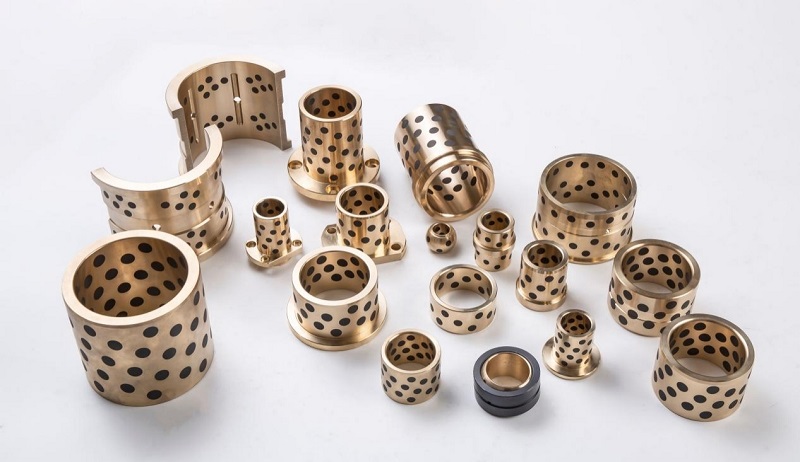
he working conditions directly affect the lifespan of graphite bushings. In terms of load, higher loads increase the pressure on the bushings, accelerating wear and shortening their service life. For example, in large heavy-duty machinery operating under full or overload conditions for extended periods, graphite bushings may last only a few months to a year. In contrast, in light-load equipment, such as office devices, their lifespan can extend to several years.
Speed also plays a significant role. High-speed operations generate greater friction, leading to increased heat and wear. In high-speed motors, graphite bushings may need replacement every year or two, whereas in low-speed equipment, wear is slower, and the bushings last longer.
Temperature is another critical factor. Extreme temperatures can alter the properties of graphite bushings. At high temperatures, the copper alloy matrix may soften, and the lubricating properties of graphite may degrade, resulting in a service life of only one to two years. In low temperatures, the material becomes brittle, reducing its wear resistance and toughness.
Lubrication conditions are equally vital. Proper lubrication can greatly extend the service life of graphite bushings. Without lubrication or under poor lubrication conditions, wear occurs much faster, often limiting the lifespan to a few months to a year. On the other hand, equipment with an effective lubrication system, such as regular lubricant replenishment or oil-bath lubrication, can extend the life of graphite bushings for several years.

The working conditions directly impact the lifespan of graphite bushings. In terms of load, high loads increase the pressure on the bushings, leading to faster wear and a reduced service life. For example, in large heavy-duty machinery operating under full or overload conditions for extended periods, graphite bushings may last only a few months to a year. In contrast, in light-load equipment, such as office devices, their service life can extend to several years.
Regarding speed, high-speed operation generates more friction, leading to increased heat and wear. Graphite bushings in high-speed motors, for instance, may require replacement annually or biennially. On the other hand, those in low-speed equipment experience slower wear and have a longer lifespan.
Temperature also plays a critical role. Extreme temperatures can alter the properties of graphite bushings. At high temperatures, the copper alloy matrix may soften, and the lubricating properties of graphite may deteriorate, reducing the service life to just one or two years. In low-temperature environments, the material becomes brittle, compromising its wear resistance and toughness.
Lubrication conditions are equally essential. Proper lubrication significantly extends the lifespan of graphite bushings. Without lubrication, or under poor lubrication conditions, wear occurs much faster, with a service life of only a few months to a year. However, in equipment with effective lubrication systems, such as those with regular lubricant replenishment or oil-bath lubrication, the service life of graphite bushings can be extended to several years.




 English
English Español
Español

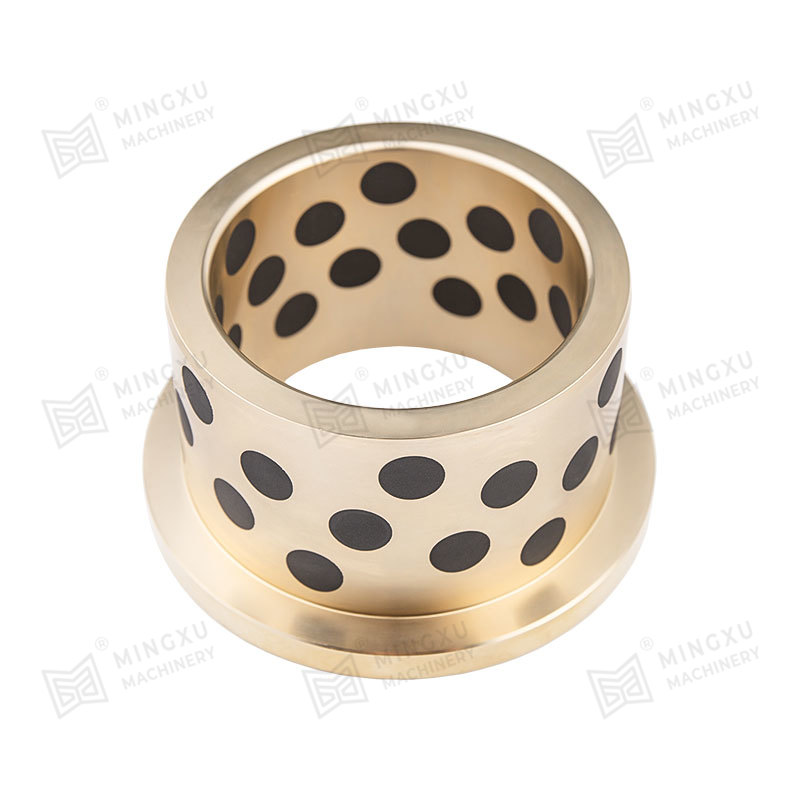
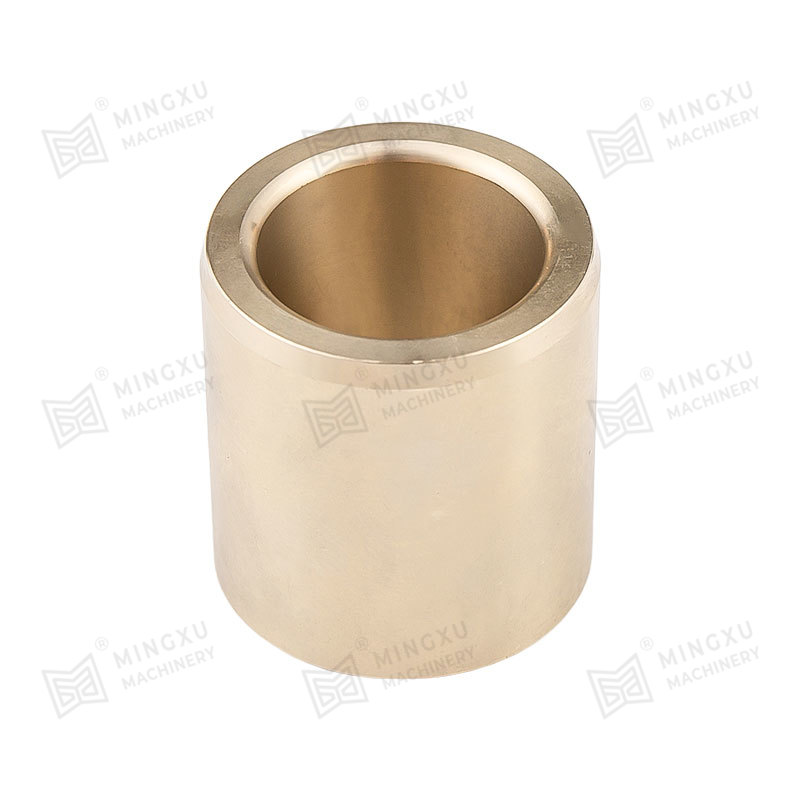
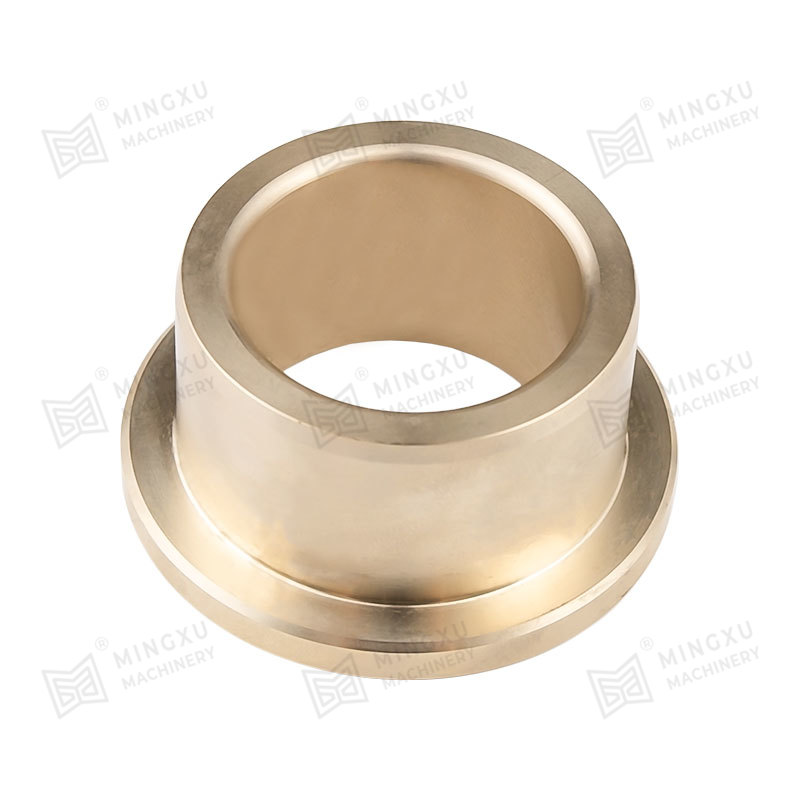
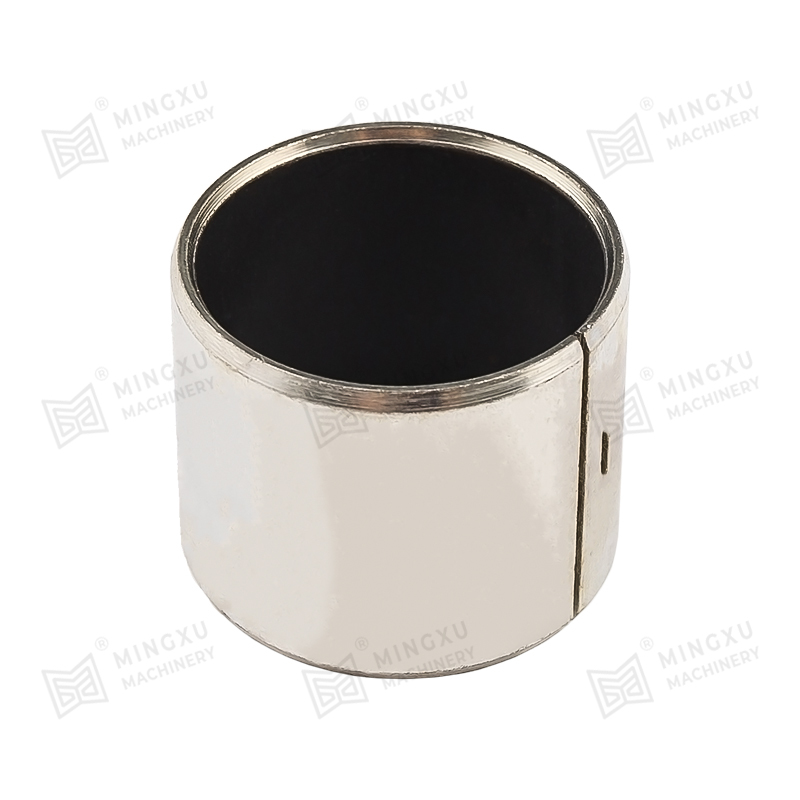

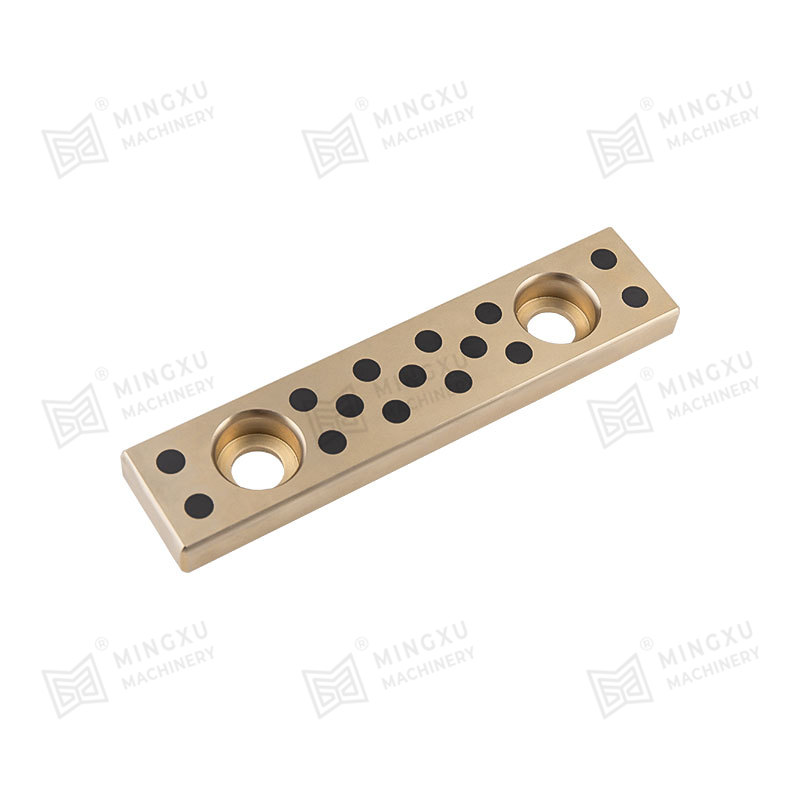
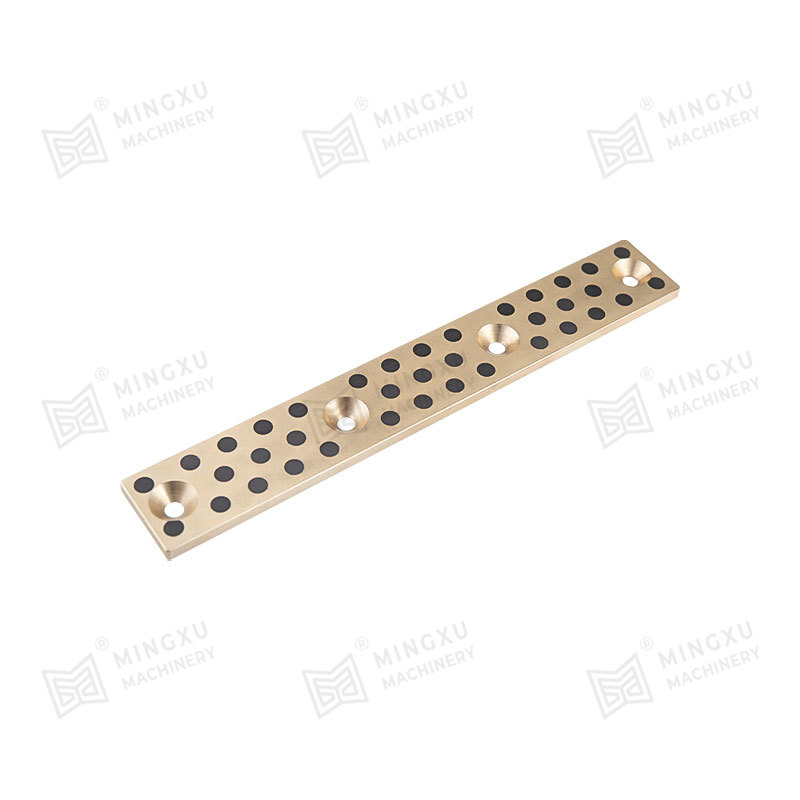
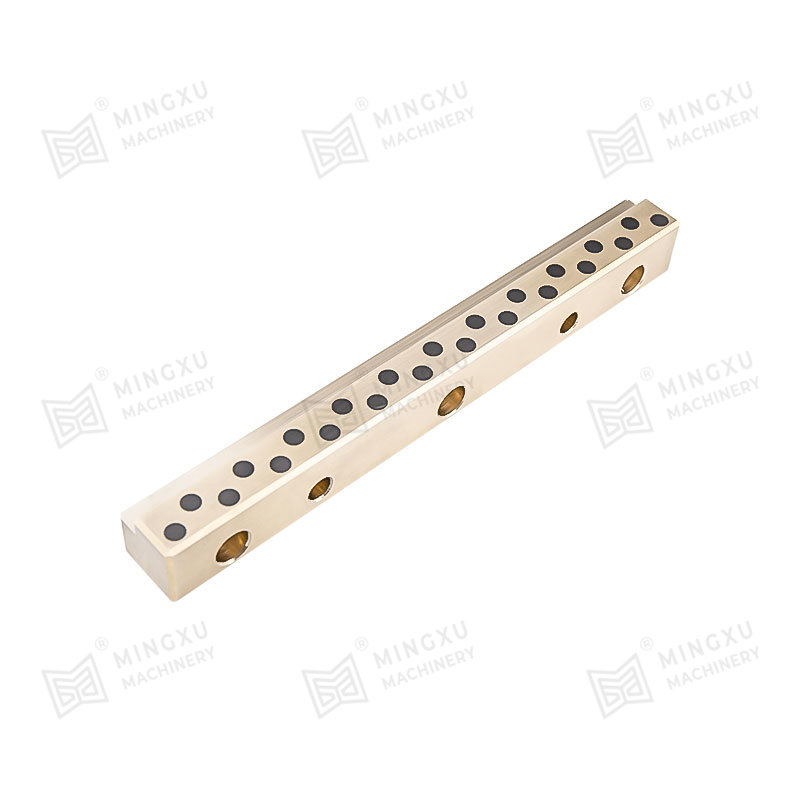
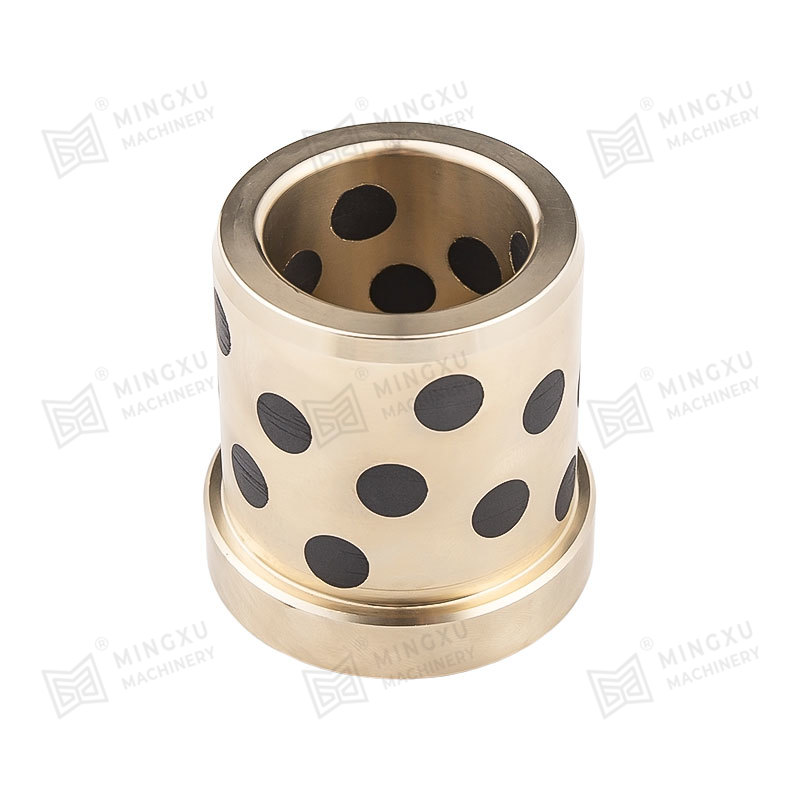
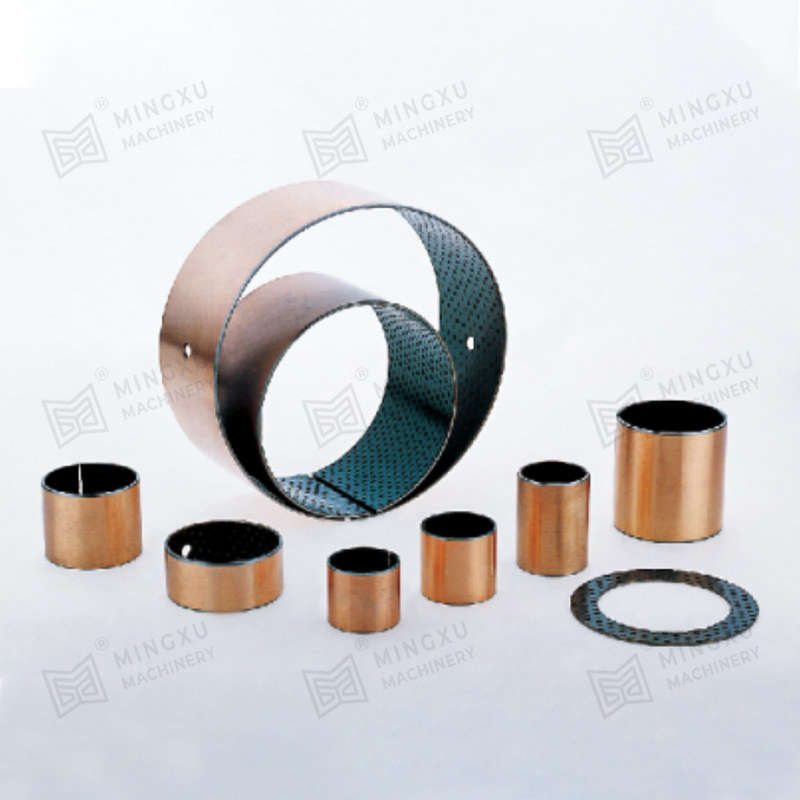







Contact Us